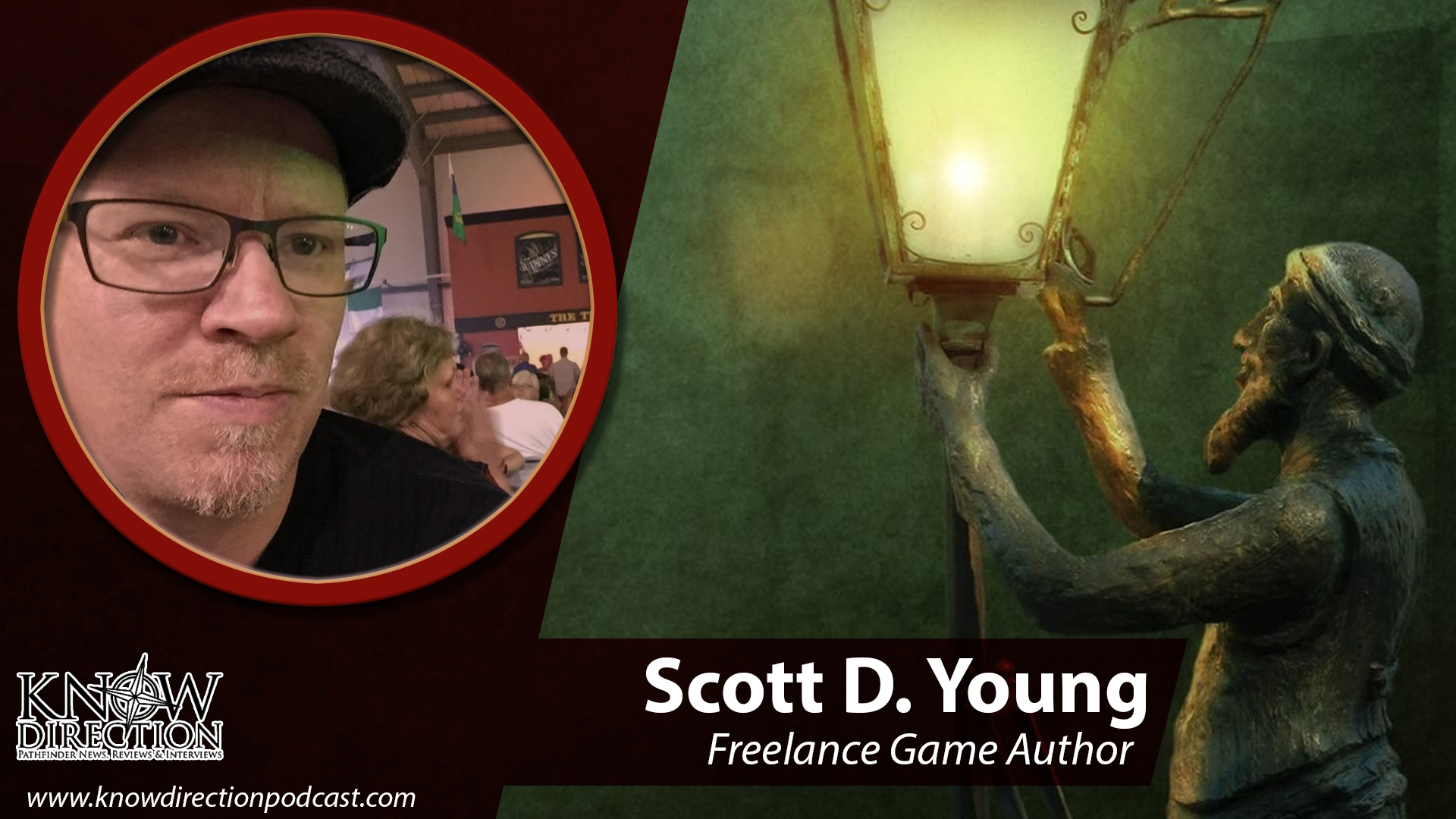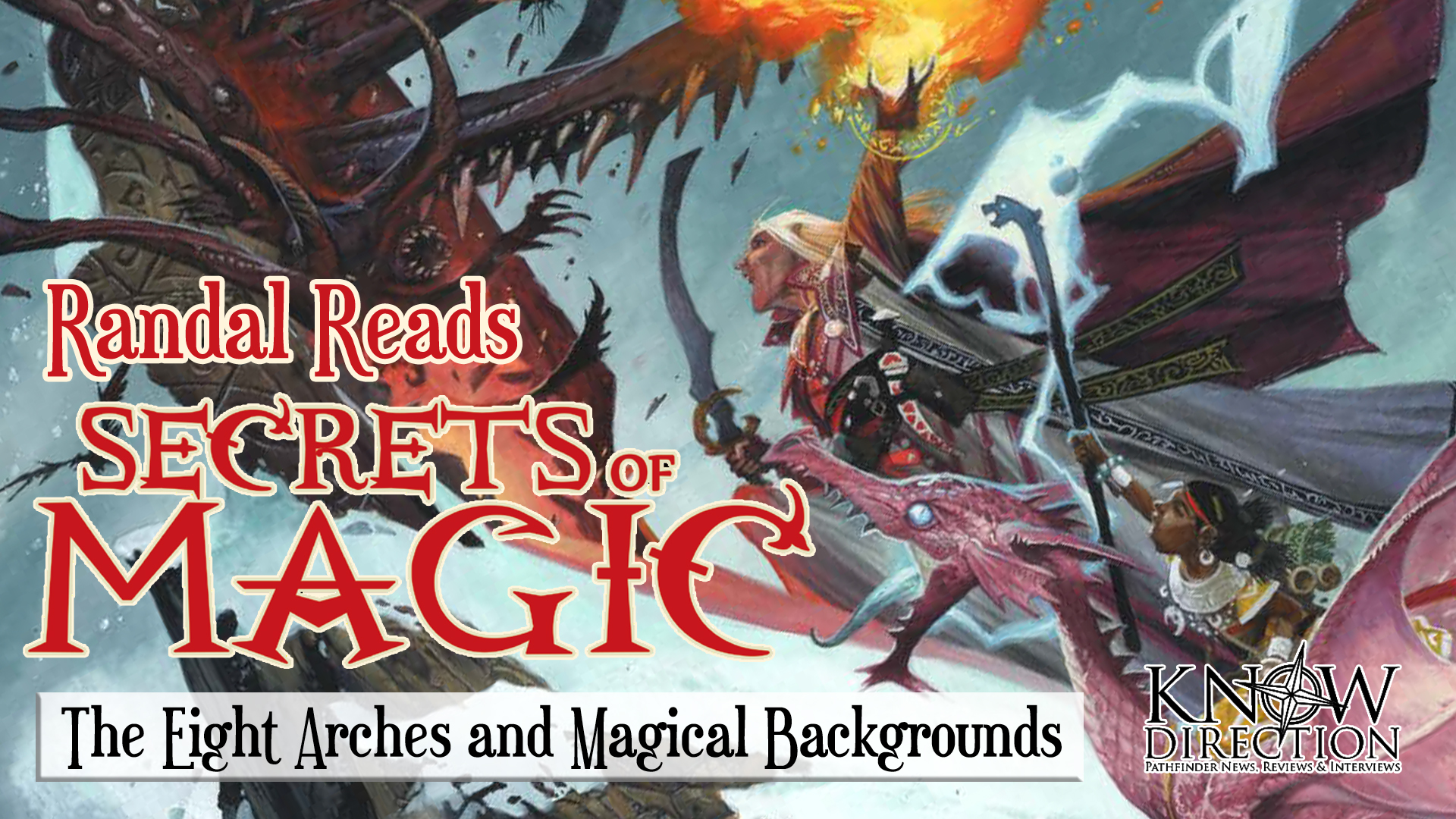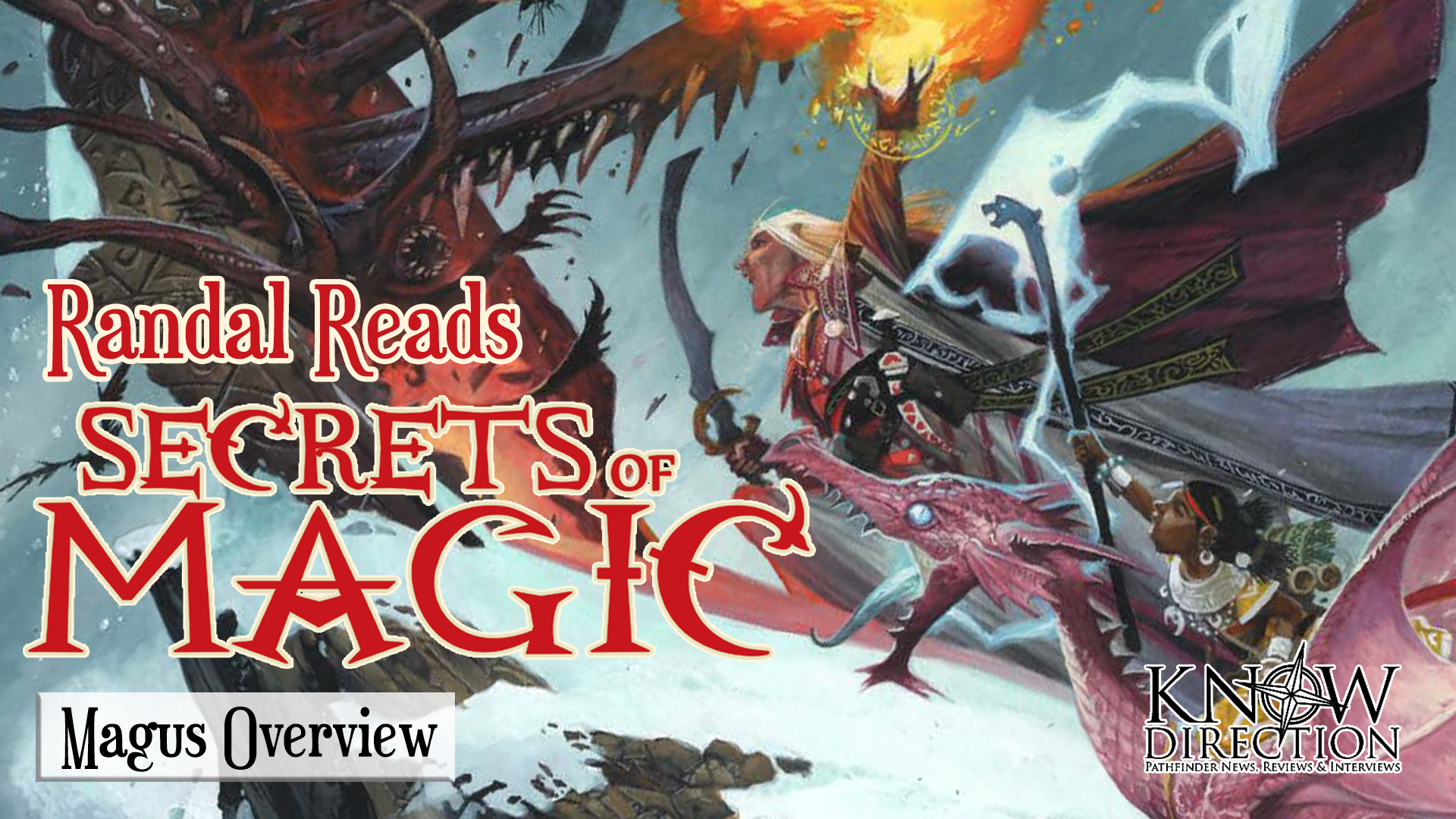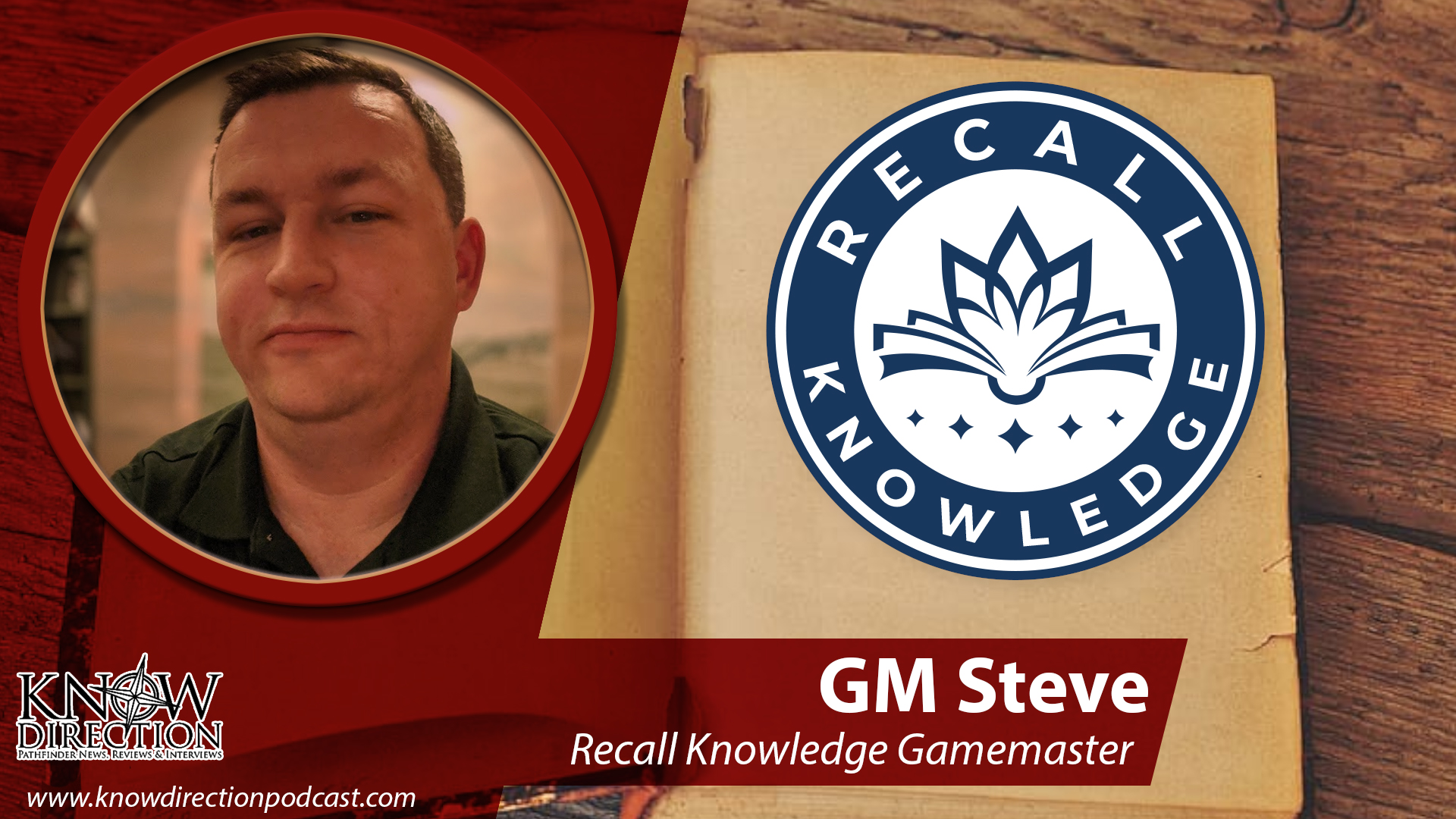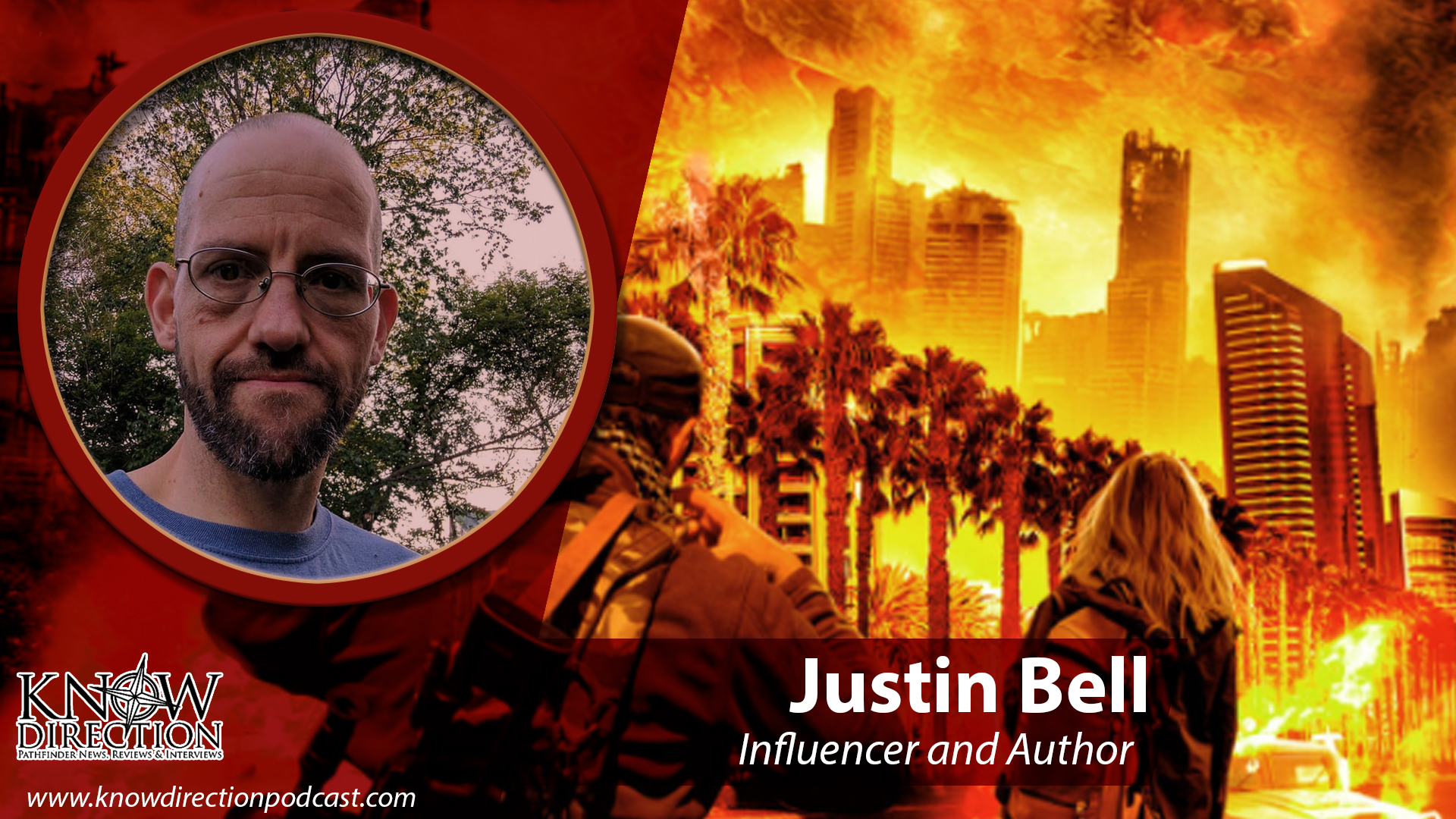Adding More Golarion to your Pathfinder Game
The world of Golarion is an amazingly rich campaign setting, and it can accommodate pretty much any fantasy backdrop you want for your game. You’ve got medieval fiefdoms, vampire-haunted gothic lands, jungle civilizations at the height of their power, pirate kingdoms, devil-bound monarchies, sci-fi barbarian warlords… even a globe-trotting organization of explorers. And that’s just in the Inner Sea region.
As a GM, it can be hard to make sure your players get to experience all of the amazing culture, history, and background that the setting provides, especially while juggling stats, plots, maps, and (more recently) technology. Here are a few ways I’ve found to help give the various settings their own “look and feel” for my players.
First: Do your research, but you don’t need to know it all! A few carefully-selected tidbits can help shape your players’ perceptions of the setting. The Lost Omens campaign setting books (and their first edition predecessors) are full of adventure hooks, interesting traditions, political conflicts, and other nuggets that will help each location feel different from the others. My go-to reference is pathfinderwiki.com, a fan-produced labor of love that cross-references pretty much all the Golarion lore from First Edition, none of which has gone bad with the change to 2E. Another great reference is Wayfinder Magazine, a free publication with each issue focused on a different area of Paizo’s campaign setting. Here you’ll find ready-made NPCs, locations, and adventure hooks, but also games, menu items, songs, and other bits of flavor that you use to season your campaign. (They also have an annual open call for articles, so you can share your best Golarion lore with the world.)
So, with a bit of research you now you have some lore you want to add to the game to help make the setting come alive. Great! Now, what’s the best way to convey this information to your players? Here are a few ideas I’ve used:
- Establish it upfront. First impressions matter. If an NPC greets PCs in a certain way the first time they meet, that will stick. Religious types may open with a blessing from their deity or a saying from Gods and Magic; villagers in different places may welcome strangers, or greet them with gestures to ward off the evil eye.
- “Walk-in” Music. Using music effectively during a game is an article on its own, and it can easily be overdone, distracting both players and GM. Consider just setting the scene by having a certain style of music or ambient playlist on as players gather before the game – like the “walk-in” portion before a movie or concert. Search for “ambient” plus an adjective that describes this week’s adventure location: gothic, medieval, steampunk. Or try a rainstorm, jungle sounds, arctic winds, tavern, or other environmental sound effects.
- Many GMs think they can’t do voices, but that isn’t true – if you speak, you do voices. Even just speaking faster or slower, deeper or higher or softer than your usual narration voice has an impact. We can’t all do accents or impersonations. And don’t worry about doing it through the whole game – it’s that intro scene that matters most. Even a special greeting or cuss-word helps to define an NPC and by extension, the land in which they live. The first time your PCs meet a new NPC character, give them a voice. If folks in Ustalav sound like bad Dracula knock-offs, that evokes a certain scene in the imagination.
- Make stuff up! Maybe everyone in the tavern instantly grows silent when someone rings the bell that hangs next to the door, the silence persisting until the bell-ringer shouts, “Until the Last Day!” and everyone cheers. Take inspiration from existing lore if you want, but it’s your game – you’re not just an interpreter of someone else’ material.
- Don’t use the same trick for each location, but always use the same trick when your players return to that location later in the campaign. Players will get to know the local traditions, greetings, and folk remedies. Players will take these tidbits and build on them as well, incorporating them into their own character stories. Help them by being consistent.
What about Organized Play situations? The Pathfinder Society Organized Play program has a strict “run as written” requirement, but GMs are allowed to add flavor. Remember, the players only experience what you tell them, and not all will be familiar with the setting material. I like to spend a couple of minutes at the front end of every game, reading the “Where on Golarion?” sidebar to the players and adding to it from pathfinderwiki.com.
So, when your Pathfinders are sent to Rahadoum, when the Laws of Man hold sway, you can have the Venture-Captain remind them that importing holy symbols is illegal, and then have them stopped at the border and reminded of the laws against divine worship. It’s probably going too far to confiscate their stuff permanently, but even just the thought of the issue will give divine-based characters a new roleplaying challenge. Or, maybe it’s less obtrusive: they see a couple of nobles hauled off in chains as they ride through the Galtan countryside, or a suspicious old woman in a inn in Irrisen throws a cold iron horseshoe nail at a PC, to see if they’re really a fey in disguise. These little scenes really help inject the feel of the nation into the scenario
The Golarion campaign setting has so much of the basic work done for GMs, yet still has lots of room to build your own adventures. If every game is starting to feel the same, try a couple of these ideas and explore the variety that Golarion can bring to your table.
—
Scott D. Young is a freelance adventure author and game designer. He’s worked for Paizo, Legendary Games, and Encounter Table Publishing, to name a few. You can find him on Facebook at www.facebook.com/lampwriter.

